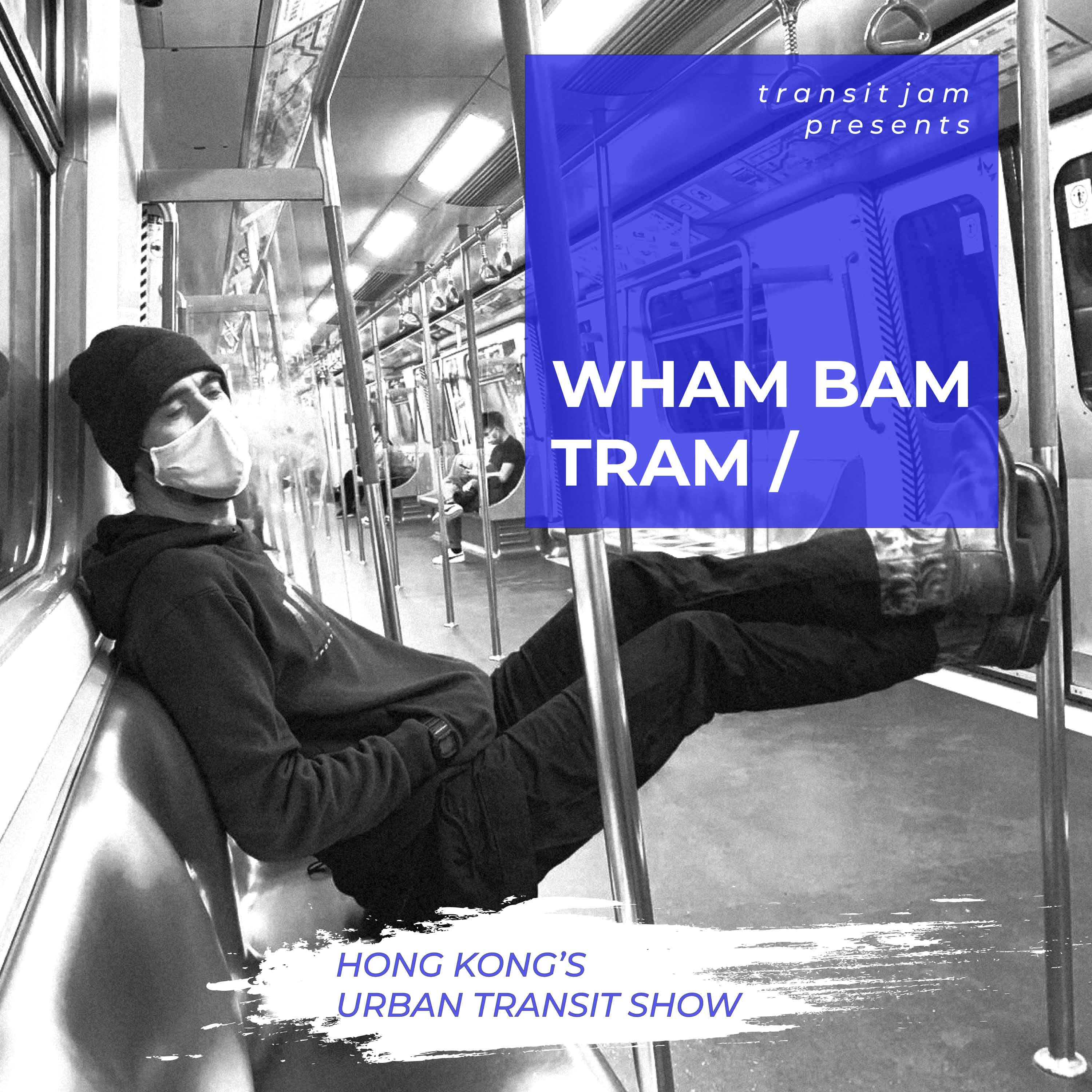
Hong Kong’s Permanent Secretary for Innovation Annie Choi (left) fields questions on the 14th Five Year Plan today
Innovations in e-mobility from the mainland and overseas may not apply to Hong Kong, according to the Permanent Secretary for Innovation, speaking after a delegation from Beijing presented a seminar on the National 14th Five Year Plan today.
Central Government officials had come to Hong Kong to explain the latest Five Year Plan to Hong Kong officials and community leaders, with a three-hour session at Central Government Offices focusing on innovation and internationalisation of the renminbi.
Asked how Hong Kong’s relatively conservative approach to e-mobility would gel with Beijing’s aggressive national plans for new energy vehicles and transport decarbonisation, Annie Choi Suk-han, head of the Innovation and Technology Bureau, said “Hong Kong is a small place, and I am not necessarily [sure] things that can be done in other places can be applicable.”
But Choi also said “we maintain an open mind,” and suggested the government would look into possibilities.
“[We can] see whether we can adopt some new formats to facilitate those new developments. That would be for the various relevant policy bureaux and departments to look into,” she said.
Hong Kong and the Greater Bay Area feature large in the 14th Five Year Plan, launched in March 2021, with the Central Government claiming it “will improve the mechanism for the integration of Hong Kong and Macau into the overall development of the country”.
This is the first time officials have promoted a Five Year Plan so directly in Hong Kong, with a speech from the director of Beijing’s Hong Kong Liaison Office, Luo Huining, urging the city to align with China’s development goals.

China’s 14th Five Year Plan calls for the “new type city” and the creation of 25,000 km of expressway by 2024
“Hong Kong must have a thorough understanding of the new development concept of the country, so that we can build a new and comprehensive development pattern,” he told an audience including Chief Executive Carrie Lam.
“The spirit of rejuvenating the great Chinese nation is the trend that cannot be stopped. For Hong Kong, the greatest opportunity of development lies with the mainland… Hong Kong must grasp these opportunities.”
Part of the plan includes promotion of the so-called “new type cities” featuring “one map” digitalized management of public space and underground pipe networks and the construction of a “slow-moving network” such as bicycle lanes and walking paths.
China will develop an Internet of Vehicles (IoV), transfer bulk cargo from highways to railways, and promote electrification of urban public transport and delivery vehicles within the next five years.
But the central government also plans to build or re-fit 25,000 km of expressway by 2024 and to add 30 airports.
***
Check out the latest episode of our podcast, Wham Bam Tram! Hong Kong’s Urban Transit Show






OUTLYING ISLAND, IS A SMALL TOWN WITHOUT CARS MOVE WITHIN A TOWN, ALL RESIDENT MUST RUN WITHIN TOWN BY RIDING A SCOOTER, ONLY EXTERNAL PUBLIC TRANSPORTATION FOR OUTLYING ISLAND IS FERRY.
I can’t understand why HK isn’t following mainland China’s strategy of creating living streets and cycle infrastructure given that it is so popular and has the potential to really reduce CO2 emissions and create a more healthy environment? Electric bikes just make it easier for more people to switch to cycling and also more companies for last mile delivery programmes. With the correct infrastructure, this can only be a good thing? https://chinadialogue.net/en/cities/9853-bike-sharing-schemes-flourishing-or-running-riot/